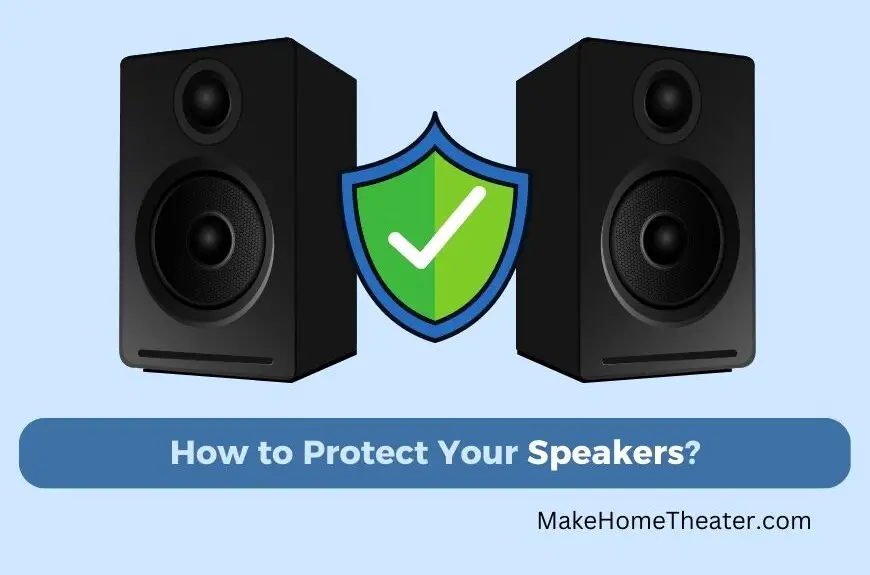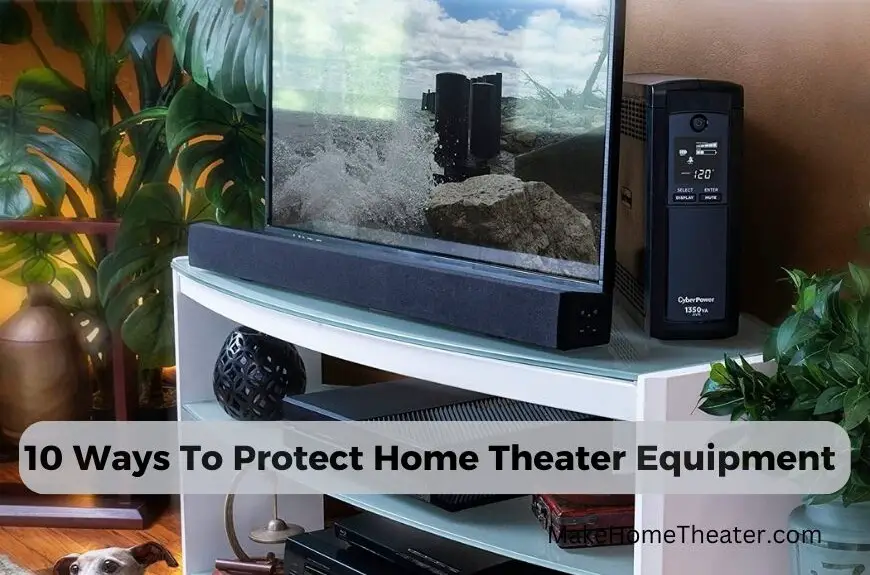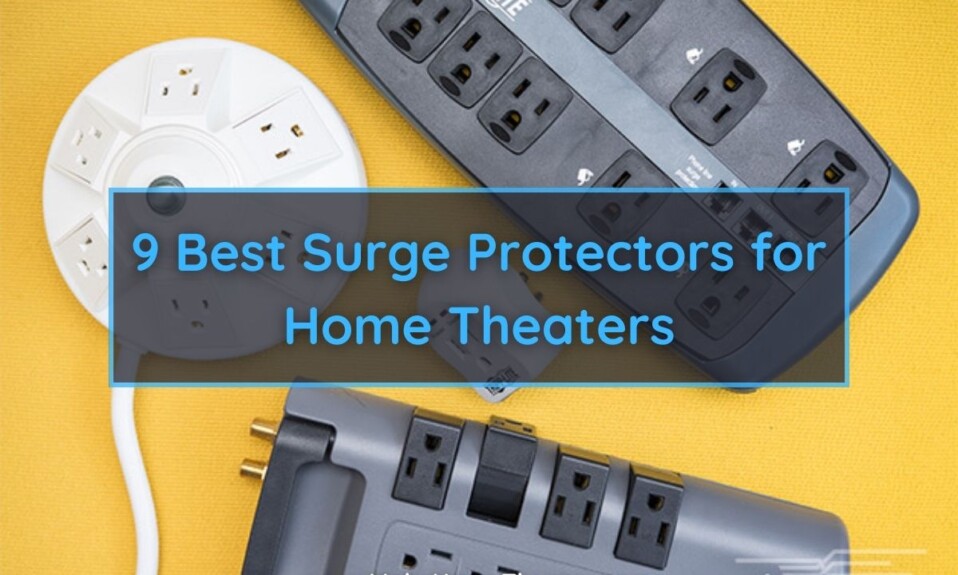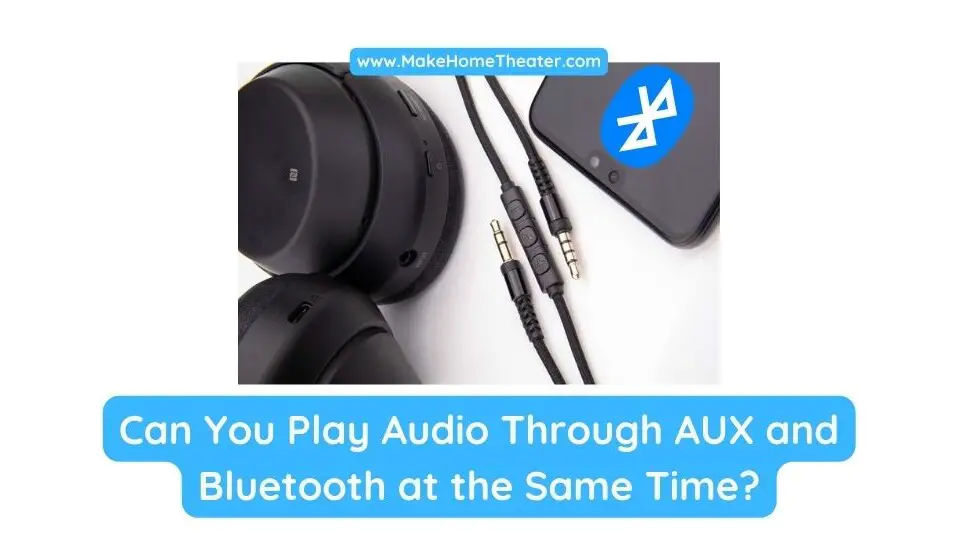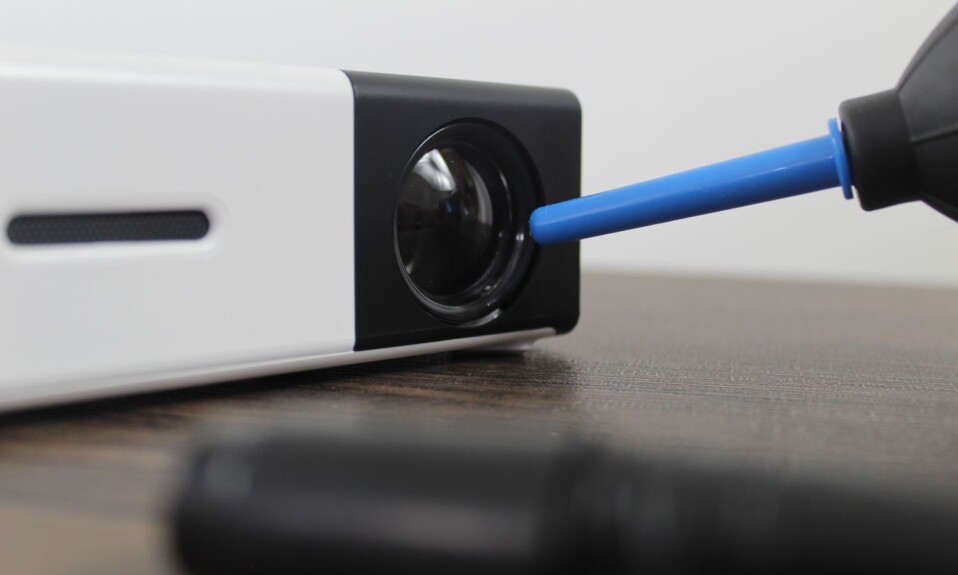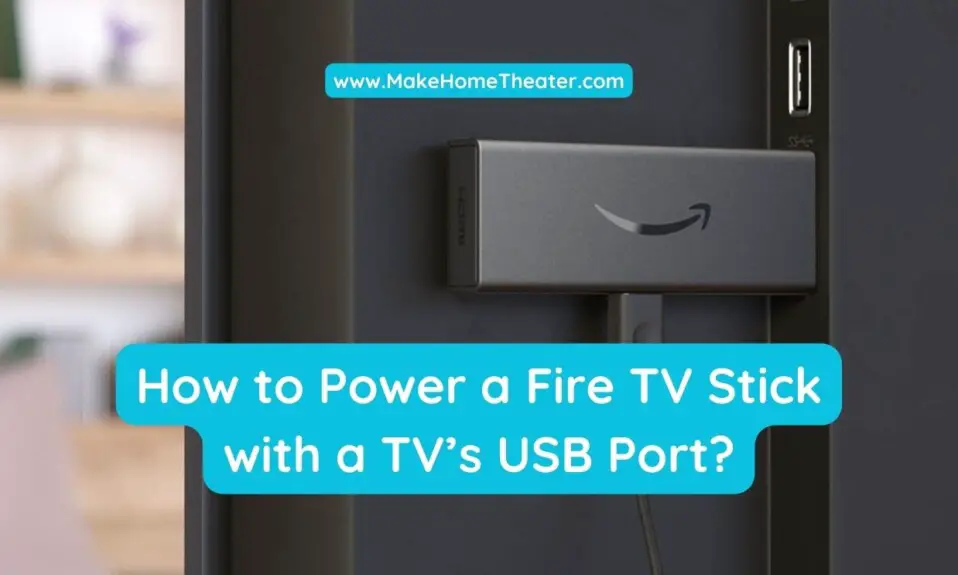Power surges can be a big problem for electronic equipment, particularly speakers. When you plug in your speakers, the power outlets in your home supply a charge of 120 volts. But during a power surge, the voltage spikes beyond this normal level, which can blow out your speakers. So how to protect your speakers?
To protect your sound system, there are a few options available. A surge protector is a simple and effective solution that can prevent high voltage from reaching your speakers. Power conditioners work in a similar way by filtering out any voltage spikes. Another option is an uninterruptible power supply, which keeps your speakers running even during a power outage. Rearranging your appliances can also help minimize the risk of a power surge damaging your speakers.
Keep in mind, the best solution for you will depend on your individual needs and setup. By taking these precautions, you can keep your speakers safe and functioning properly.
Table of Contents
What is a Power Surge?
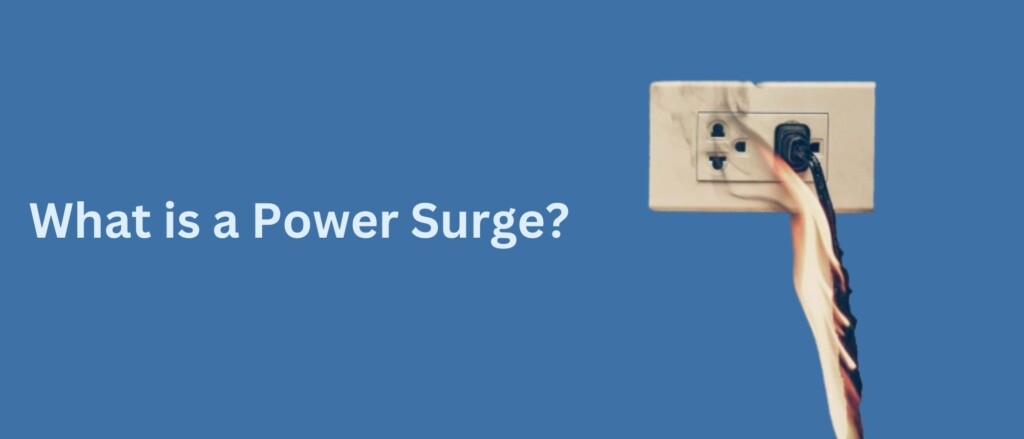
A power surge is a sudden increase in electrical charge that runs through your home’s electrical system. Many people associate power surges with lightning strikes, but these actually cause very few power surges. The real cause of power surges is often due to problems in the power grid or sudden changes in the power usage caused by big appliances.
However, you can prevent the negative impact of power surges with the help of surge protectors. By using these devices, you can protect your electronics from unexpected spikes in electrical charge and ensure their longevity.
So, if you want to keep your electronic equipment safe and functioning well, it’s important to invest in a good-quality surge protector. Don’t wait for a power surge to damage your electronics – take action now and prevent it from happening.
Causes of Power Surges
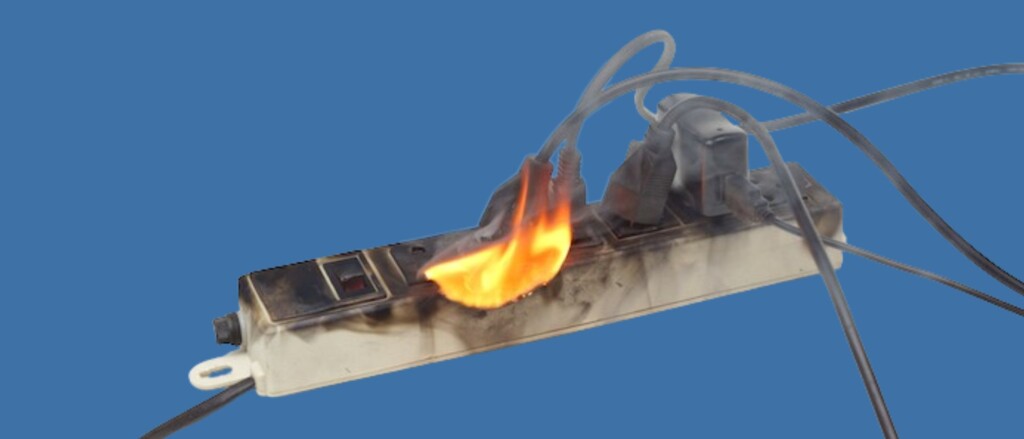
High-wattage appliances are one of the primary causes of power surges in a household. These appliances, such as refrigerators, air conditioners, and microwave ovens, use a lot of energy when they start up and run, sometimes exceeding their rated wattage. This excess power draw impacts the entire circuit they’re connected to, potentially sending too much power to other electronics on the same circuit.
During a power outage, people often don’t turn off or unplug these large appliances. So, when the power comes back on, the sudden collective demand for power from these appliances can cause a power surge. This is why your lights might appear extra bright for a moment after a power outage.
Damaged or exposed household wiring can also cause power surges, though at lower voltages. This could happen due to various reasons, such as rodent damage, old and worn-out wiring, or poor installation. If you suspect that your wiring is causing power surges, it’s essential to call an electrician immediately, as this could indicate a fire hazard.
To avoid the negative effects of power surges, consider using surge protectors and unplugging large appliances during power outages. Keeping your household wiring in good condition can also help prevent power surges and ensure the safety of your home.
Power Surges Caused by Lightning – Rarer Than You Think
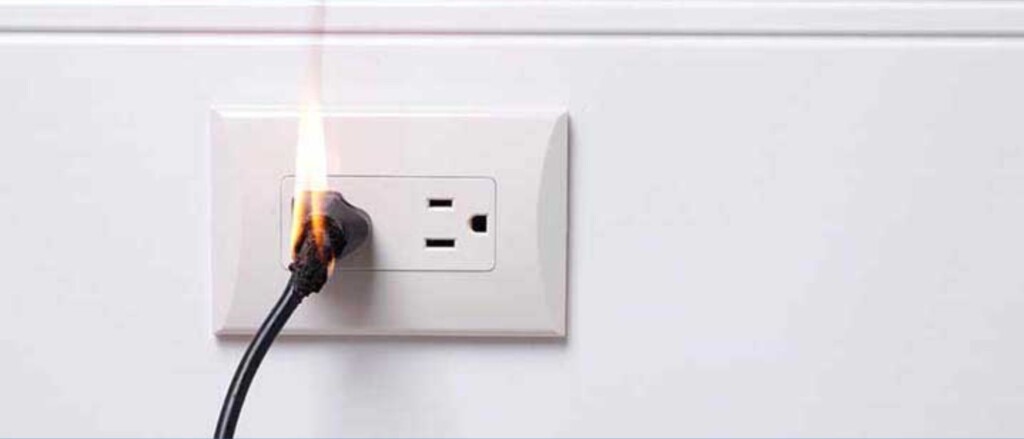
Although rare, a lightning strike can cause a massive power surge in your home’s electrical circuit. The current produced by a lightning strike can have voltages much higher than what any household appliance could generate. If this extreme power surge reaches your speakers, it’s almost guaranteed to destroy them.
To protect your electronics from the effects of a lightning strike, consider installing surge protectors and uninterruptible power supplies. Additionally, if you live in an area prone to lightning strikes, it’s a good idea to unplug your electronics during thunderstorms.
While lightning strikes are rare, it’s always better to be safe than sorry. Taking steps to protect your electronics can save you a lot of time, money, and frustration in the long run.
How Can a Power Surge Affect a Speaker System?
Speakers convert electrical currents into sound by creating vibrations. To understand why power surges can be harmful to speakers, it’s important to know how speakers work. The sound you hear is produced by the synchronized movement of particles, typically in the air. This movement can be triggered by any high-frequency vibration that’s amplified enough.
Different methods exist for converting sound vibrations into electrical currents. Most of these methods rely on a property of electricity called induction. However, some speakers, like piezo pickups, use pressure-sensitive crystals instead. Regardless of the method, all speakers use induction to function.
So, when a power surge hits your speaker system, it’s a sudden spike in the electrical current that can cause permanent damage. This is why it’s important to protect your speakers with surge protectors or uninterruptible power supplies. By taking these steps, you can ensure that your speaker system will continue to provide you with high-quality sound for years to come.
How a Power Surge Damages Your Speakers?
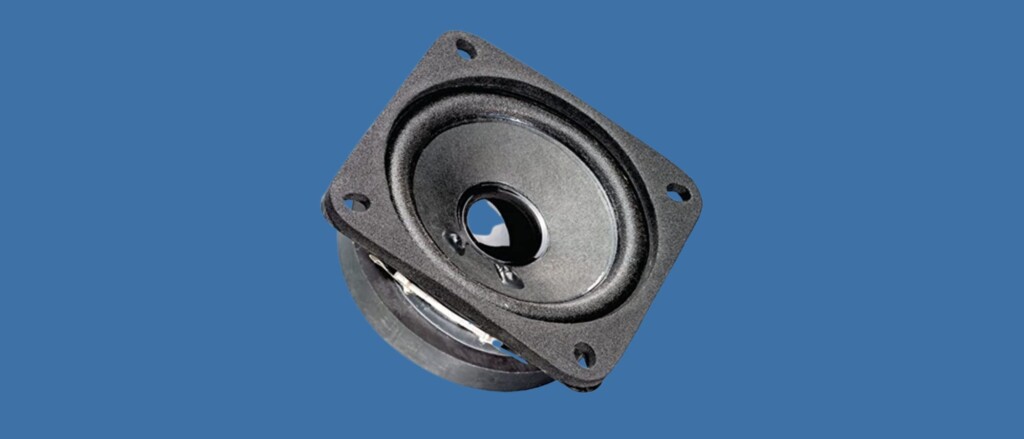
Power surges can have a significant impact on your speakers, and there are two main types of power surges to be aware of. The first type is caused by household power sources, such as a sudden change in power draw from an appliance or the restoration of power after an outage. This type of power surge runs an alternating current of 60 Hz and can travel through your sound system and damage your speakers if the voltage is much higher than they were designed to handle.
The second type of power surge is caused by lightning strikes, which are direct current surges. Unlike alternating current, the direct current will not make the speaker cone vibrate. Instead, it can push the coil of wire in one direction, causing a broken speaker cone if it’s pushed out.
It’s essential to understand the different types of power surges and how they impact your speaker system. This will help you take the necessary precautions to protect your speakers from damage.
Ways to Protect Your Equipment From Power Surges
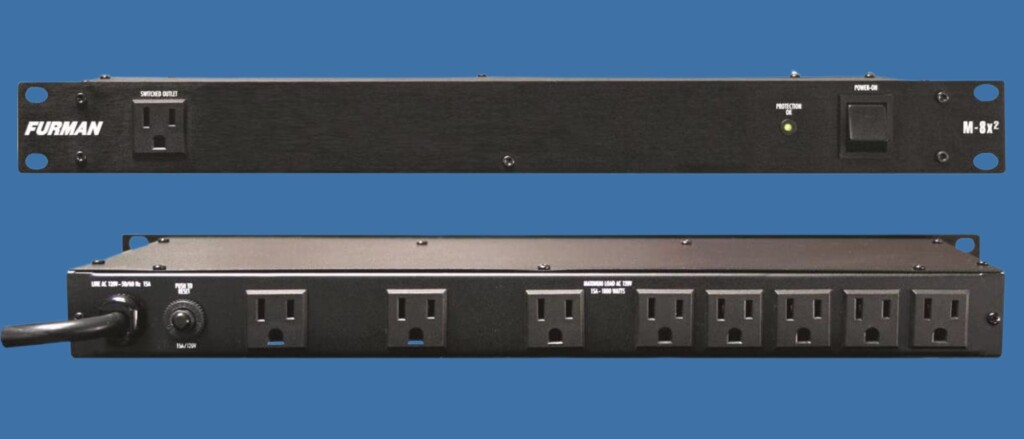
Protecting your speakers from power surges is important for maintaining the longevity and performance of your sound system. There are several options available to help you prevent damage from surges.
One of the easiest ways to protect your speakers is to use a surge protector. This device reroutes excess voltage to the ground, keeping it away from your electronics.
Another option is to use a power conditioner. These devices smooth out fluctuations in electricity that occur naturally in your home. Power conditioners also typically include surge protection.
Uninterruptible power supplies (UPS) offer backup power in case of a main power failure. They regulate electricity flow, providing added protection to your sound system.
As we’ve talked about before in our guide, In addition to using a surge protector or power conditioner, it’s important to make sure large appliances like refrigerators and air conditioners are not on the same circuit as your speakers. To do this, determine which outlets correspond to which circuit breakers in your home. If it’s not possible to separate your speakers from these appliances, a surge protector can help. Remember, taking steps to protect your speakers is always better than doing nothing.
Magnetic Induction: How Coiled Wires Amplify the Right-Hand Rule”
Induction is the concept where an electric current flowing through a wire creates a magnetic field around it. When the current flows through a straight wire, it generates a circular magnetic field. To remember the direction of the magnetic field, physicists use the “right-hand rule”. To apply this rule, you need to curl your fingers on your right hand and stick out your thumb. If the current flows in the direction of your thumb, the magnetic field will wrap around it following the direction of your fingers.
However, when a wire is coiled, the induction properties change a bit. The magnetic fields overlap and reinforce each other, surrounding the wire rows. This leads to a new right-hand rule. If you have a coil of wires following the direction of your curled fingers, it will produce a magnetic field inside the coil in the direction of your outstretched thumb.
The importance of this lies in the fact that if you charge a wire coil and place a magnet inside it, the magnet will be thrown out following the direction of the magnetic field. On the other hand, if you move a magnet through an uncharged coil, it will generate a charge according to the right-hand rule. This property of electromagnetism is what makes most sound-producing and recording devices work.
How Sound Is Converted to Electricity and Back
Most sound recording devices work by having a vibrating magnet inside a coil of wire. When a magnet moves through a coil, it creates a unidirectional “direct current”. But, when a magnet vibrates back and forth inside a coil, it produces a bi-directional “alternating current”. This is how microphones, guitar pickups, and speakers function.
Speakers convert an alternating electrical signal into sound vibrations of the same frequency. To do this, they use cone-shaped materials such as paper, carbon fiber, aluminum, or Kevlar. This shape amplifies the sound signal effectively. The center of the cone is attached to a coil of wire placed inside a doughnut-shaped magnet.
When an alternating current speaker signal with high power passes through the coil, it starts to vibrate within the magnet as it is either attracted or repelled by the magnetic field. The vibration creates sound waves at the same frequency as the alternating current, which we hear as sound.
To Sum Up
A power surge is a sudden spike in voltage that can damage electronic equipment, especially speakers. The most common sources of power surges are high-wattage appliances and damaged household wiring. A power surge can blow out speakers by overloading them with a voltage that exceeds their capacity. Lightning strikes, although rare, can also cause power surges.
To protect your sound system from power surges, you can use surge protectors, power conditioners, uninterruptible power supplies, and rearrange appliances in your home.
Related Q&A

Q1: What is a power surge?
A1: A power surge is a sudden jolt of electrical charge that runs through your home’s electrical system.
Q2: What are the common causes of power surges?
A2: High-wattage appliances and problems with the home’s wiring can cause power surges.
Q3: What is the main reason people think of when they hear the term power surge?
A3: People often associate power surges with lightning strikes.
Q4: How does the excess power drawn from high-wattage appliances affect the electrical circuit?
A4: It could send too much power to other electronics on the same circuit and is amplified following a power outage.
Q5: What is the reason for power surges following a power outage?
A5: When the power goes out, people often don’t turn off or unplug their large appliances. When the power returns, these appliances cause a large collective draw, leading to power surges.
Q6: What are some ways power surges can come from a home’s wiring?
A6: Damaged or exposed wiring due to rodents, old wires, or incorrect installation can cause power surges.
Q7: How rare are power surges caused by lightning strikes?
A7: Power surges caused by lightning strikes are extremely rare.
Q8: Why can power surges be damaging to speaker systems?
A8: A power surge can be damaging to speakers because it can overdrive them, as the voltage is likely much higher than they are designed to handle.
Q9: How do speakers turn an electrical current into sound?
A9: Sound is generated by the synchronous vibration of particles and is transformed into an electrical current through induction.
Q10: What are two kinds of power surges and how do they affect speakers differently?
A10: There are two kinds of power surges: those from household power sources and those from lightning strikes. Household power surges could travel through the speaker system, overdriving it. Lightning strikes could cause the speaker cone to be pushed in one direction, potentially breaking it.
Q11: What is the impact of added voltage on electrical sound?
A11: Added voltage means the additional volume in electrical sound.
Q12: How does a power surge cause damage to speakers?
A12: When a power surge travels through the speaker system, the voltage is likely much higher than the speakers are designed to handle and will overdrive the speakers.
Q13: What is the function of surge protectors in protecting speakers from power surges?
A13: Surge protectors can protect speakers from power surges by absorbing and neutralizing any excess voltage.
Q14: What is the role of power conditioners in protecting speakers?
A14: Power conditioners can protect speakers by regulating the voltage to a consistent level and removing any voltage spikes.
Q15: How do uninterruptible power supplies protect speakers?
A15: Uninterruptible power supplies can protect speakers by providing a constant, steady power source and avoiding any power fluctuations.
Q16: Can rearranging the appliances in a home protects speakers from power surges?
A16: Yes, rearranging appliances in the home can protect speakers by reducing the likelihood of power fluctuations and surges.
Q17: What should you do if you suspect your household wiring is causing power surges?
A17: If you suspect your household wiring is causing power surges, it is important to call an electrician as soon as possible as it could be a fire hazard.


